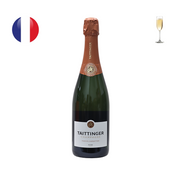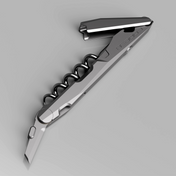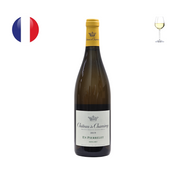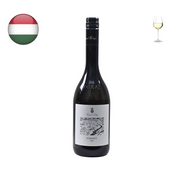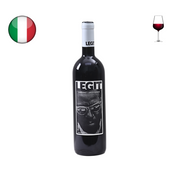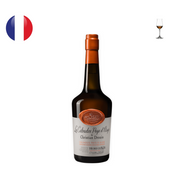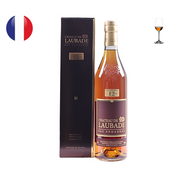Introduction
Château Lafitte, located in Camblanes and Meynac near Bordeaux, is a historic winery producing Château Lafitte Premier Côtes de Bordeaux. Founded in 1763, it has built a strong reputation, with 95% of its wines sold internationally. The estate, located just outside Bordeaux, offers beautiful views of the Garonne Valley.
Historical Background
The estate’s name comes from Raymond Lafitte, a well-known wine merchant who bought the property in 1763. By 1868, it was recognized for its quality, as noted in the Féret guide. In 1970, Juliette Mengin purchased the estate and made big changes, planting more vines and building a modern vat room. Her son, Max Mengin, took over in 1991, growing the business. Her grandson, Philippe Mengin, brought new winemaking methods, improving the wine’s quality and reaching more international markets. Today, SCEA Château Lafitte runs the family-owned estate.
Viticulture & Winemaking
The vineyard covers 30 hectares in a single plot, with soil composed of 40% stony gravels, 30% clay-limestone, and 30% fine siliceous gravels. The wines, made from 80% Merlot and 20% Cabernet Sauvignon, are smooth, fruity, and well-balanced with soft tannins.
Grapes are carefully watched, picked, and fermented in stainless steel vats, followed by a 4-to-5-week maceration, malolactic fermentation, and 12 to 24 months of aging. Bottling happens at the estate, producing about 200,000 bottles each year.
Heritage Cuvée
In 2010, Château Lafitte introduced a special limited-edition wine called Heritage to celebrate the estate’s long history and honor its owners since 1763. Only around 10,000 numbered bottles are produced every year. This cuvée is a balanced blend of 50% Merlot and 50% Cabernet Sauvignon, selected from the best vineyard plots. The wine is known for being rich and elegant, and it is aged in barrels for 16 to 18 months. The bottle features a different label that includes the Mengin family coat of arms, adding a personal and historic touch.
Sustainability Efforts
Château Lafitte uses sustainable methods, reducing chemical use and supporting biodiversity. The estate manages its soil to promote vine health and employs modern winemaking to minimize waste.
Naming Controversy
Château Lafitte has faced controversy due to its name’s similarity to Château Lafite Rothschild, a First Growth estate in Pauillac owned by the Rothschild family since 1868. The near-identical names have caused consumer confusion, particularly in markets like China, where Lafite Rothschild is very popular. This led to legal disputes, with Château Lafite Rothschild filing numerous trademark infringement claims. In 2008, the French Supreme Court allowed Château Lafitte to retain its “Lafitte” trademark in France, recognizing its historical use since 1763 and its distinct identity. Despite this, disputes continued, particularly in China, where Château Lafite Rothschild challenged Château Lafitte’s 2011 trademark applications, citing potential confusion. While Château Lafitte claimed a 2015 victory in China, Lafite Rothschild indicated the matter remained unresolved, reflecting ongoing tensions fueled by counterfeiting issues, with 50-70% of “Lafite” wines in China estimated to be fake. Château Lafitte continues to defend its name and history.


